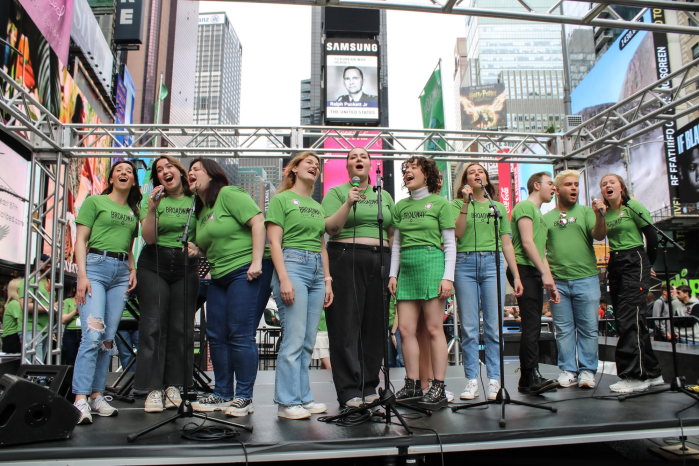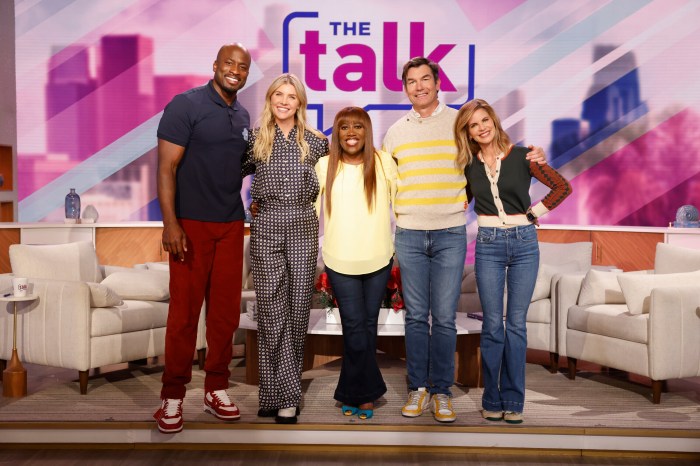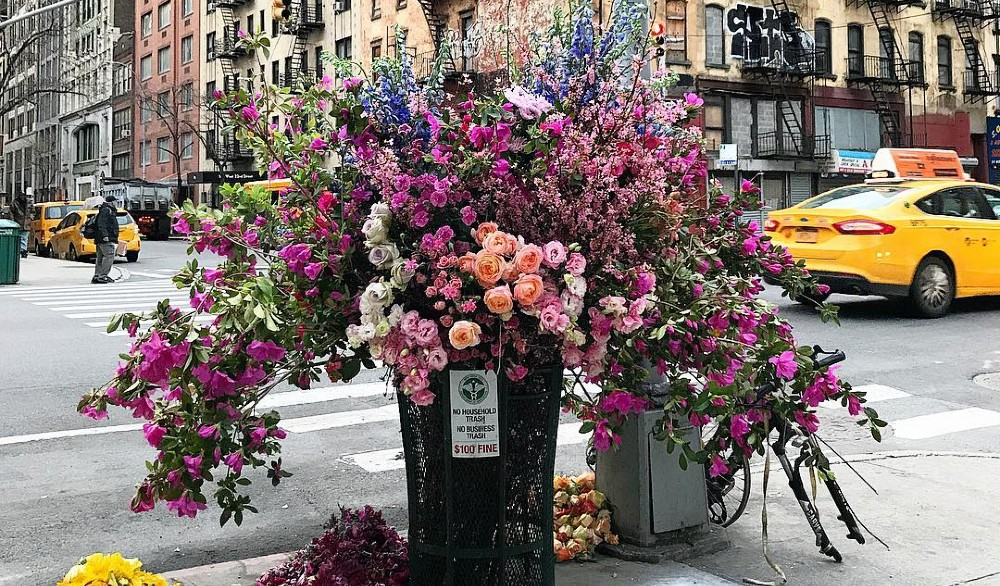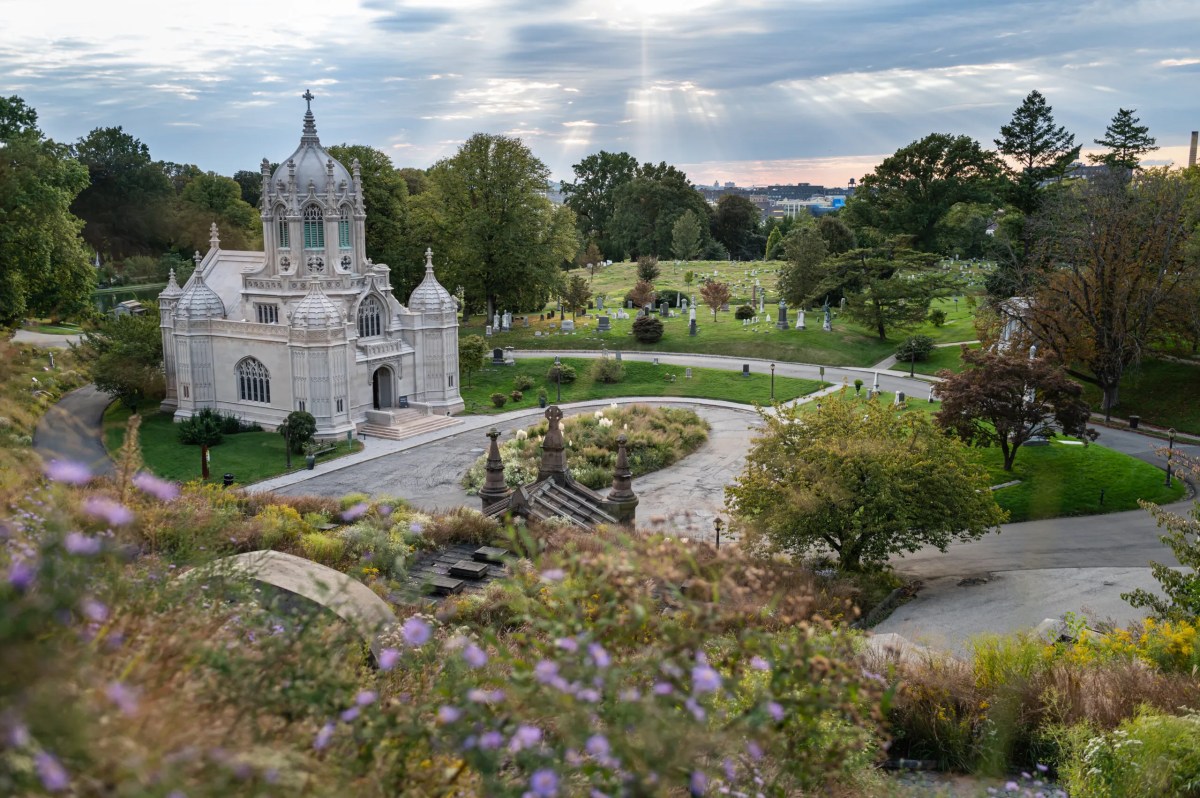
New York may have welcomed the glitz and glamour of Fashion Week, but everyday residents seemed barely aware of the week-long event that kicked off Thursday, unimpressed with high fashion’s inaccessibility.
Some New Yorkers admitted to liking fashion “stuff” in magazines and on social media, but felt no particular affinity for the bi-annual event that brings the fashion industry’s glitterati to a variety of venues in the city.
“Fashion week has this essence in New York that it’s more exclusive,” Tessa Grady, 24, said. “If it was for the layman and we could go into one of those shows, I’d probably pay more attention to it.”
Grady said that her interest in clothes paraded during fashion week has been limited to glancing at images on magazine covers.
“I think Fashion Week is just for rich people, models and designers,” she said.
Echoing the sentiment, John Welsh, 30, said that he was “not at all” interested in the event.
“I don’t interact with that sphere, and actually, I haven’t seen anything around New York about Fashion Week,” he said while walking in Bryant Park, which served as a central location for the event for 15 years until 2010, according to the “New York Times.”
Since the days of runway shows held in tents set up in Bryant Park, media outlets and marketing professionals started seeing the potential of publicizing Fashion Week to the masses, according to Moya Luckett, who teaches fashion at NYU’s Gallatin School of Individualized Study. Historically, Fashion Week has always been considered just a trade event, where the seats were saved for the buyers, designers and representatives of large fashion houses, she said. For them, the shows aren’t a source of entertainment, Luckett added.
“When people start instagramming shows and the designers start running Instagram stories, I think these are ancillary ways to open it up to the public,” Luckett said. With the growth of social media, designers are now pressured to make it more of a show, she said.
“For the average person, now with social media, it does pique interest and it also compounds frustration that a lot of things are held behind closed doors with strict admission fees,” she said. “You can’t buy your way in.”
The event, which moved from Bryant Park to Lincoln Center until 2015, has become more decentralized within the past few years with a scattering of runway shows throughout the city. Until Feb. 16, events will be held at Spring Studios, 50 Varick St., as well as a number of locations in downtown Manhattan.
Aware of the abundance of venues and runway shows, one New Yorker lamented the arcane nature of Fashion Week.
“I’d love to go but how do you even get tickets? Do you have to be in touch with designers?” Kristian Rodriguez, 29, asked. “I wouldn’t even know where to go to try, where to start.”
Others, however, questioned the concept of high fashion itself.
Roy Goldstein, 63, stood outside Macy’s Herald Square, and pointed to a red Ralph Lauren dress in the window facing 34th Street.
“How much do you think that costs?” he asked. “The average person…can’t afford a $10,000 dress.”
Despite being locked out of events, most agreed that the event was a New York City staple.
“It’s great for New York,” Goldstein said. “It’s great for New York economy, and it’s good for the world to see how New York is always a trendsetter.”

















